Guavaberry
The guavaberry is a small and tangy berry fruit that is mostly found in the Caribbean
Its tree also goes by the same name
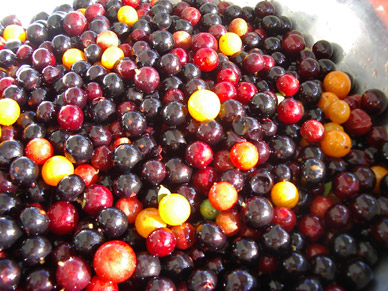
Guavaberry
Table Of Content
This fruit which is often confused with guava owing to the similarity in their names is actually very different from guava
It is rather a close relative of Camu Camu
Guavaberry is also particularly famous for the Guavaberry Liqueur that is prepared with these berries
This drink signifies the spirit of Christmas in the Virgin Islands
Scientific Name
The scientific name of the guavaberry tree is known as Myrciaria floribunda
Guavaberry Description
The size of this fruit is almost half the size of a cherry
Similar to most drupes, the fruit flesh or pulp surrounds a stone (which is actually the seed)
Colour: Guavaberries are generally yellow – orange or dark-red in colour
Flavour: This fruit has a tangy flavour that can be best enjoyed when a guavaberry is eaten fresh
Guavaberry Tree
The guavaberry tree or shrub is quite variable in shape and size
It can attain a height of up to 60 feet when fully grown
These trees usually have reddish – brown branches
It bears small pretty flowers that are mostly pink or white in colour
Distribution
The Guavaberry tree is native to Central America, South America and the Caribbean
Later the tree was also introduced to Florida, Bermuda, Hawaii as well as the Philippines
Guavaberry Cultivation
Let us take a look at some of the basic cultivation requirements of the guavaberry tree
Climate
Dry and moist climatic conditions are ideal for the growth of this tree
It is important to remember that the guavaberry tree is frost hardy
Make sure that the tree is planted in an area where it can receive full sunlight; although partial shade is also recommended
Soil
This tree can adapt to any type of soil
However fertile, well drained and loamy soil is considered to be best for the tree
Pruning
Pruning is essential for the maintenance of a guavaberry shrub or tree
This tree tends to have a very straggly appearance, spreading out in different directions if left unchecked without pruning
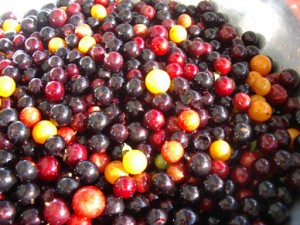 Picture 2 – Guavaberry Picture
Picture 2 – Guavaberry Picture
Care and Maintenance
It is important to use NPK fertiliser to ensure healthy growth of the tree
It is rare for the guavaberry tree to acquire any pest or disease
However, it is recommended to use an insecticide if the plant shows any abnormal symptoms
It is important to remember that the guavaberry tree is not at all similar to guava or guava tree
The two just happen to have similar type of names
In fact, the guavabery tree can be closely associated to the clove and eucalyptus
The guavaberry tree is generally considered hard to cultivate, owing to its tendency to grow wild
This warm climate tree prefers rocky terrain and harsh landscapes
Moreover, this tree is also quite vulnerable to rainfall, winds and insects; under such circumstances the yield per year can drop really low sometimes resulting in no fruits at all
When the tree does bear fruit usually it is from September to October that the berries ripen and are ready for harvest
Guavaberry Nutritional Facts
Guavaberries are high in fibre and are also packed with essential vitamins like vitamin C and K
This fruit is considered to be good for health also because of the mineral content of iron, phosphorous and calcium
It is also rich in proteins
Guavaberry Uses
Edible Uses
Guavaberries are generally eaten fresh like most fruits
It is also used in the preparation of jams
Guavaberries are excellent when served with ice cream
This fruit is also known for its usage in certain beverages
Guavaberries are fantastic as a colada; a mixed drink containing coconut cream, pineapple juice and guavaberry liqueur
These berries have earned a reputation for the flavour it imparts when fermented and used in alcoholic drinks
Guavaberry Liqueur
Guavaberry liquor is a traditional Christmas drink that is famous in Sint Maarten and the Virgin Islands
This legendary drink is said to have been first prepared by Caribbean people centuries ago
The concoction is prepared by mixing guavaberries, rum and sugar cane
The guavaberry liqueur contributes a special flavour when added to desserts and sauces
Medicinal Uses
In countries like Cuba, guavaberries are associated to have healing properties for liver problems
These berries are boiled and used for liver treatment
Guavaberry Availability
Guavaberries are generally available in the market during the months of September and October
The rate of availability of this fruit is likely to fluctuate since it tends to ripen in different seasons annually
Guavaberry Interesting Facts
Here are some fun facts about the guavaberry worth to note!
Not many are aware of the fact that there is a song after the guavaberry; popularly referred to as the Guavaberry Song
This song was written and composed by Bill La Motta
Carol singers who went about singing the Guavaberry Song from door to door were bound to receive a small sample of the Guavaberry liqueur at each door!
In the Virgin Islands and the Dominican Republic the guavaberry liqueur is associated with the spirit of Christmas and the love people have for this festival
The guavaberry concoction is considered to be the national drink of Sint Maarten
Guavaberry Side Effects
There are no known side effects of guavaberries till date; however, related species like the camu – camu is known to have a high ascorbic (vitamin C) content that can be hazardous for health
No such hypothesis is backed by a strong proof when it comes to guavaberies
As such, it is always recommended to consult a dietician before consumption
Guavaberry Pictures
Here are some pictures of guavaberries
Reference:
https://www.nutritiousfruit.com/guavaberries.html
https://www.nutritiousfruit.com/guavaberries.html
https://www.nutritiousfruit.com/guavaberries.html
- by baishakhee
- January 27th 2012


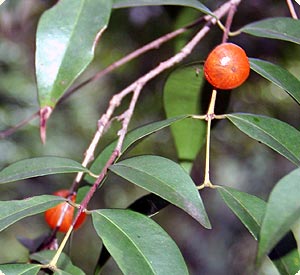
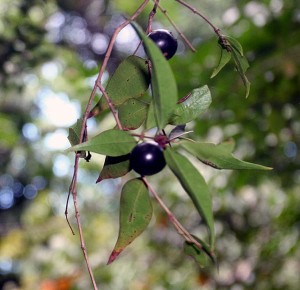
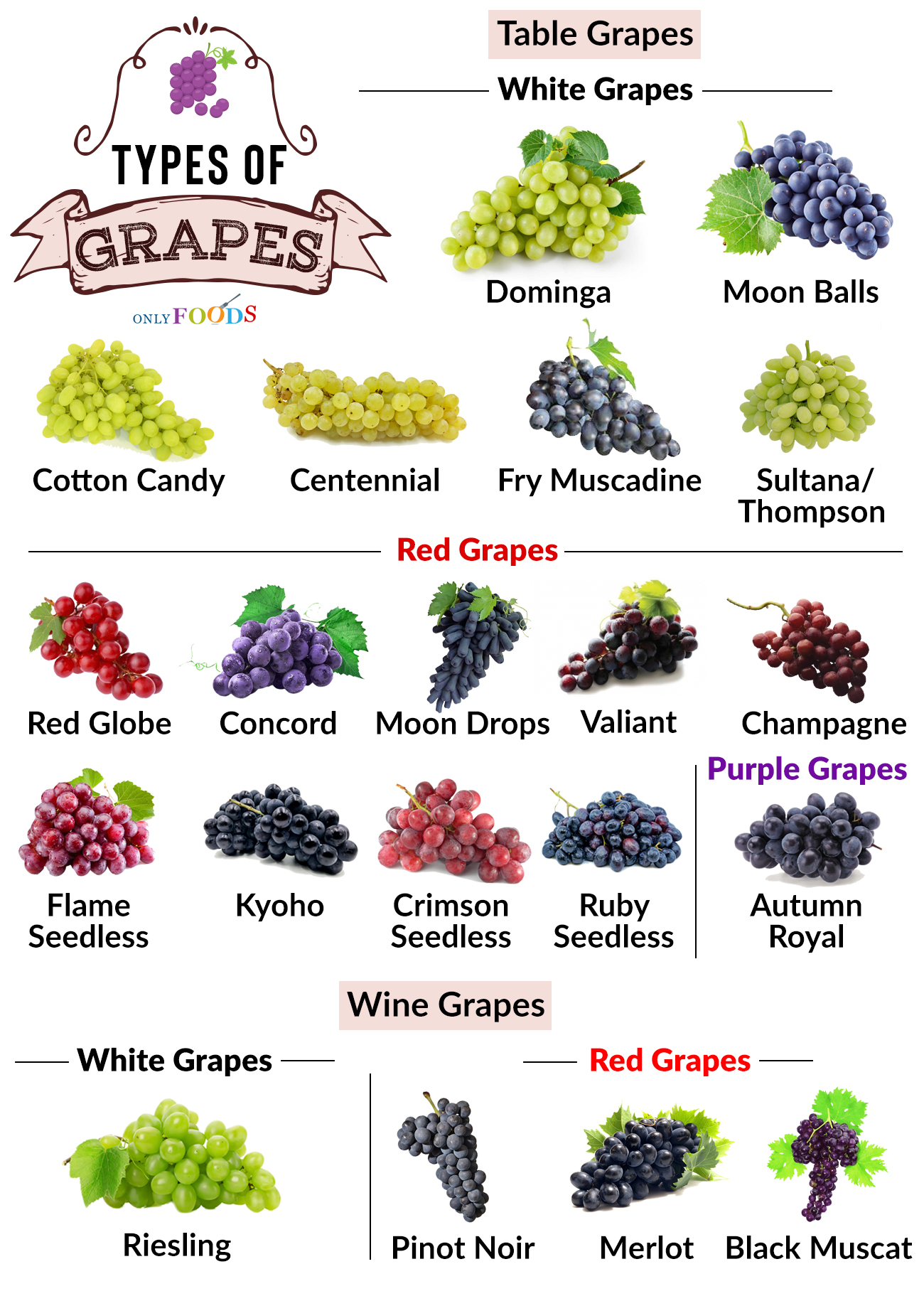
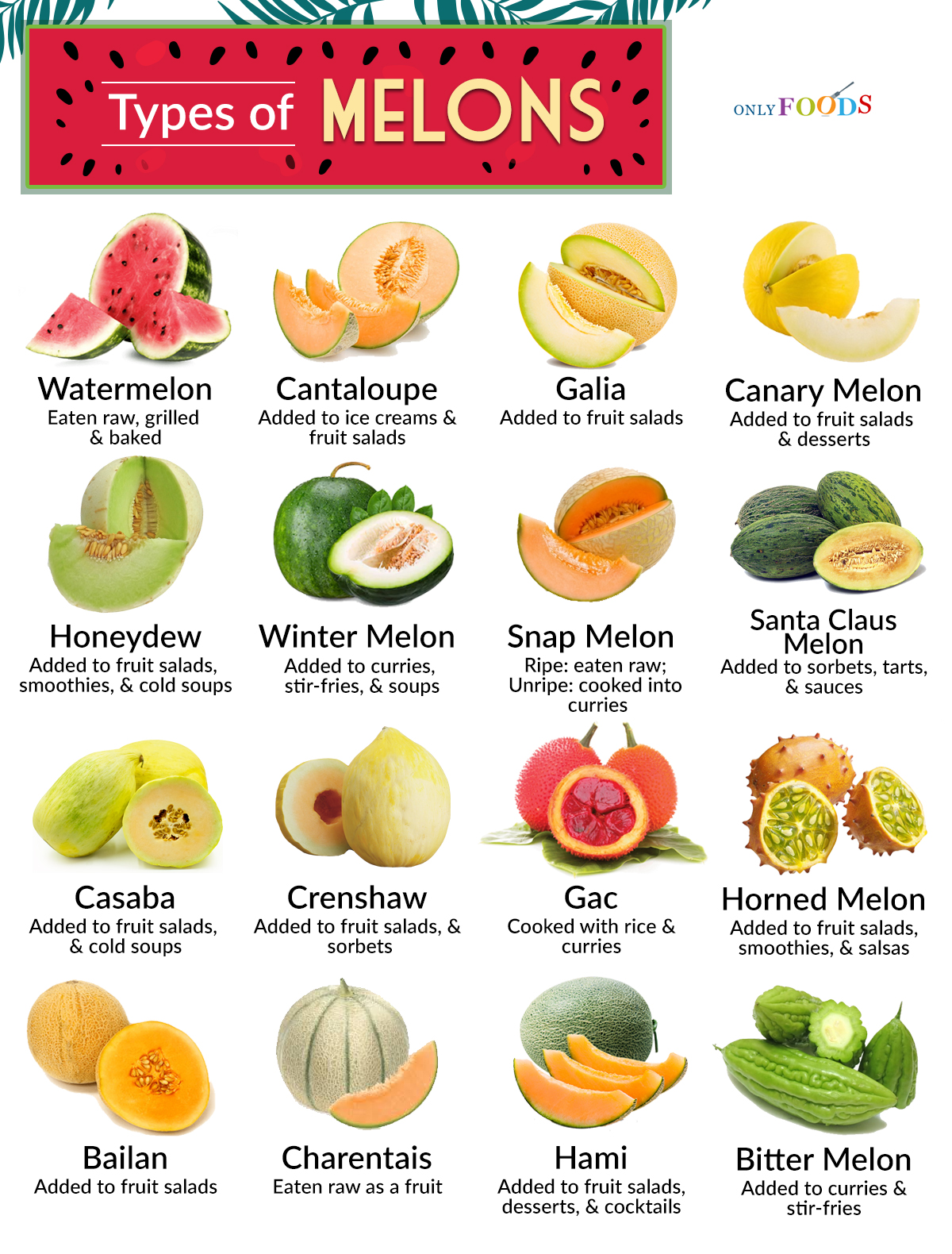
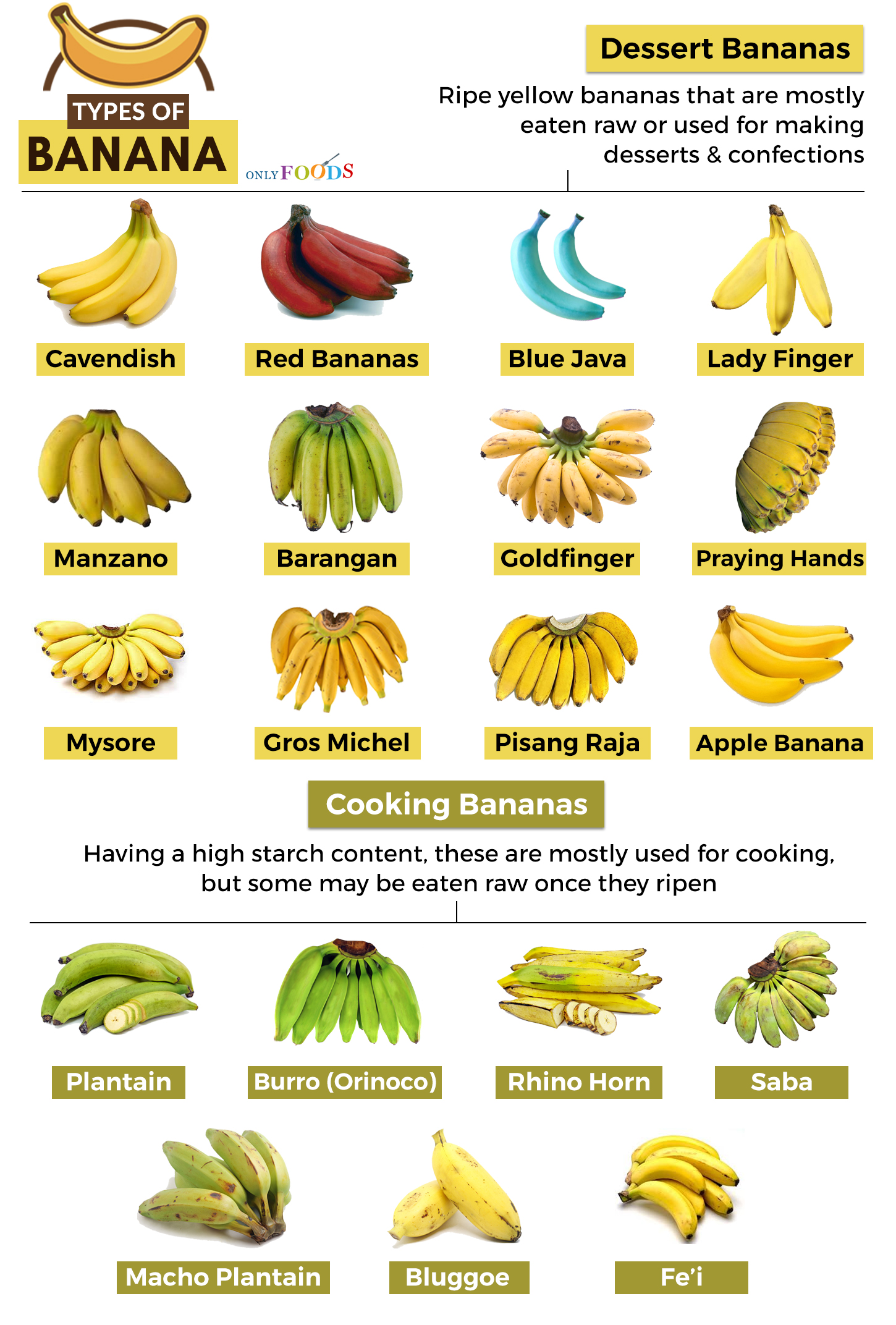
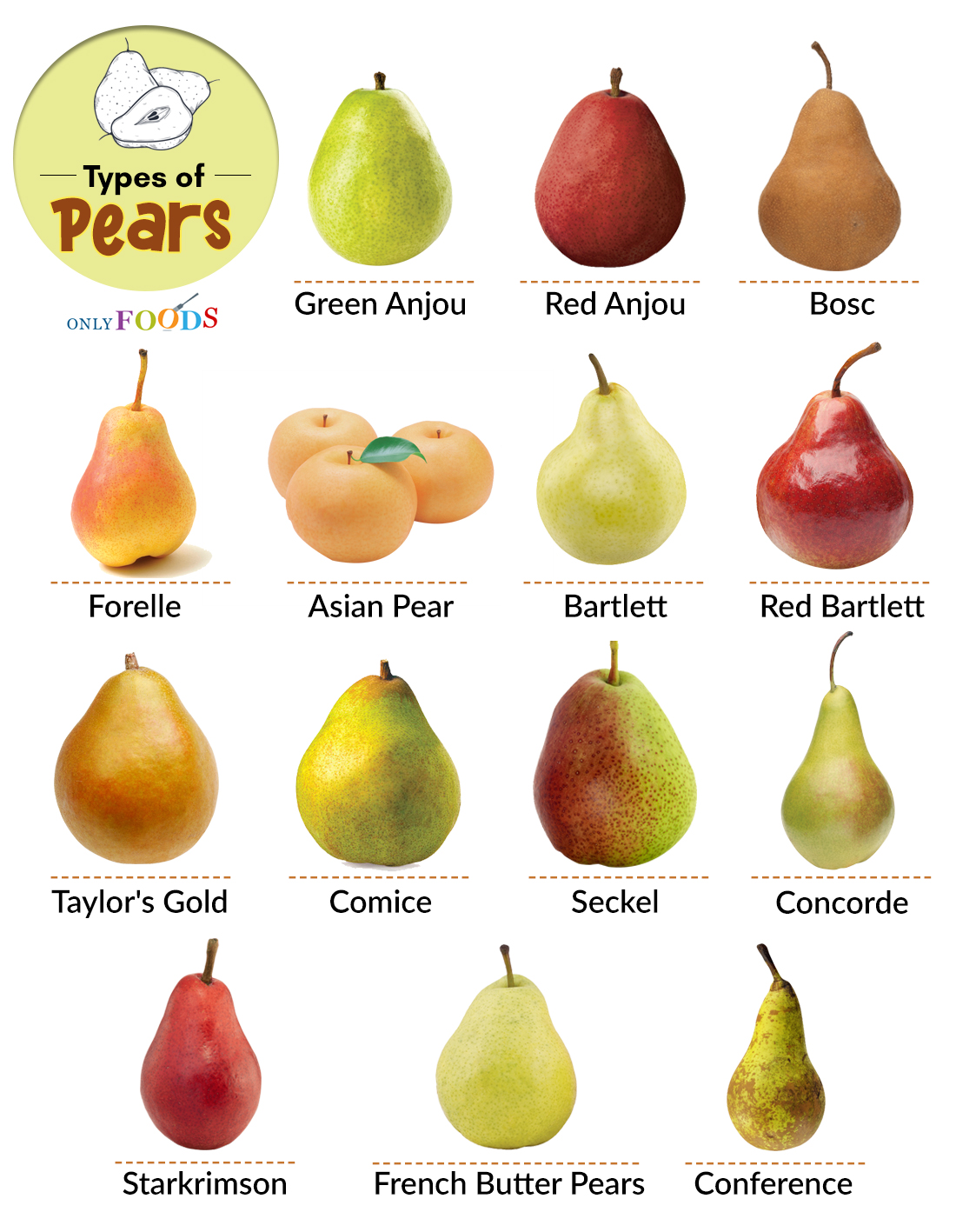

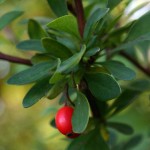
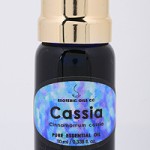
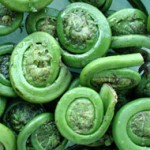
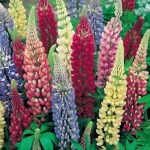
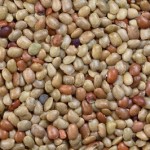
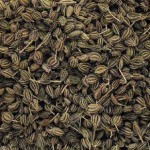
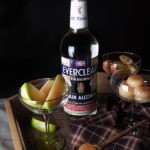
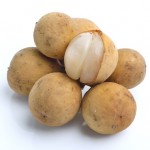

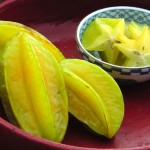
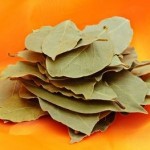
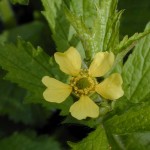
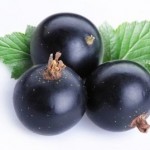
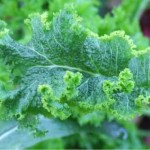
Leave a Reply